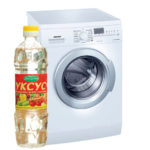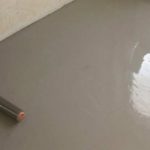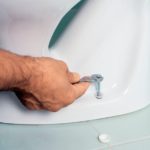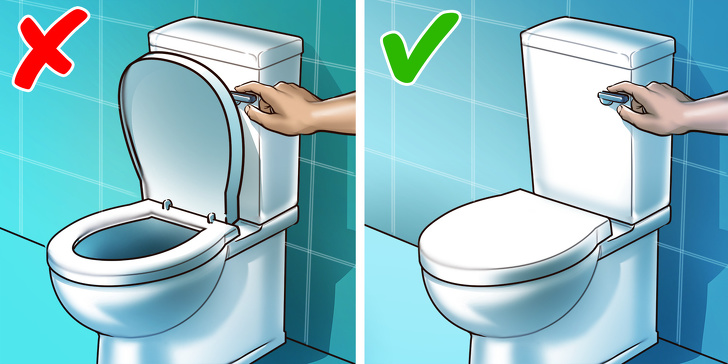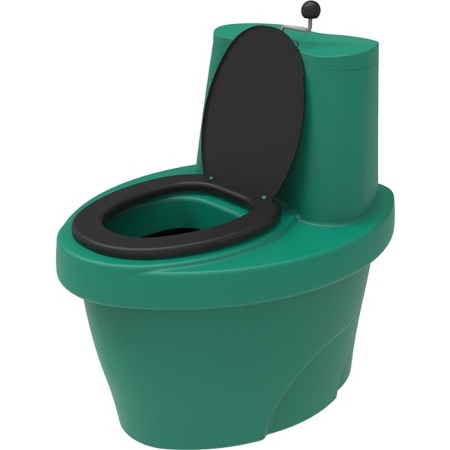Why do experienced housewives pour vinegar into the toilet?
Many people are ready to talk about the cleanliness of the toilet, but washing it is usually left to a woman. This is understandable: after washing, clean plumbing fixtures without unpleasant odors, of course, look attractive. But rubbing it until it shines is still a pleasure... It’s good that manufacturers of household appliances have developed many different compositions to help cope with this job. Housewives are satisfied with their efficiency, but the price is not! After all, you literally have to throw a lot of money down the toilet!
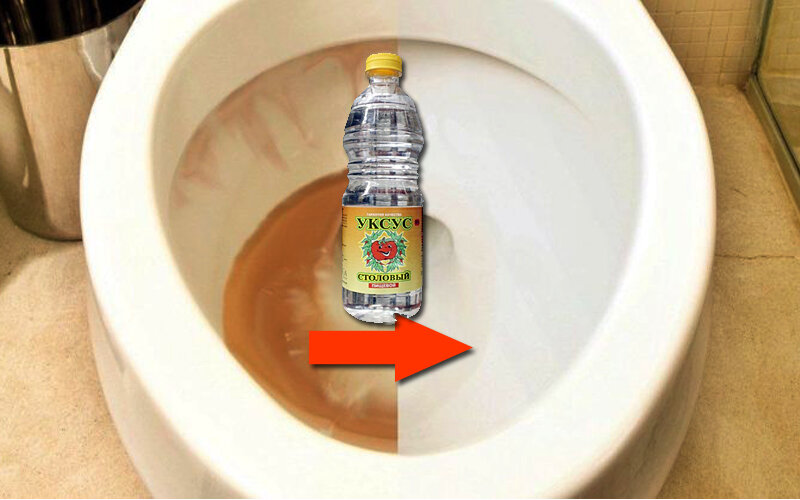
True, folk wisdom found a way out of this situation. More precisely, they found an inexpensive but effective product that perfectly replaces household chemicals. Vinegar became such a remedy! Yes, yes, the same one that is usually used in preparing a variety of dishes.
The content of the article
Acid that is useful for plumbing
Acetic acid is a substance whose properties are indispensable in the household. Including when cleaning plumbing fixtures. Vinegar can do a lot in the bathroom:
- Dissolves formed on the surface of porcelain and earthenware products limescale, removing urinary stone.
Reference. The cause of limescale (urinary stone) on the toilet is calcium and magnesium salts dissolved in water. At present, it is not possible to completely purify the water.
- Removes rust from metal parts.
- Eliminates unpleasant odor.
- Promotes high-quality sanitization and disinfection of plumbing fixtures, destroys bacteria and harmful microorganisms.
How to use vinegar correctly
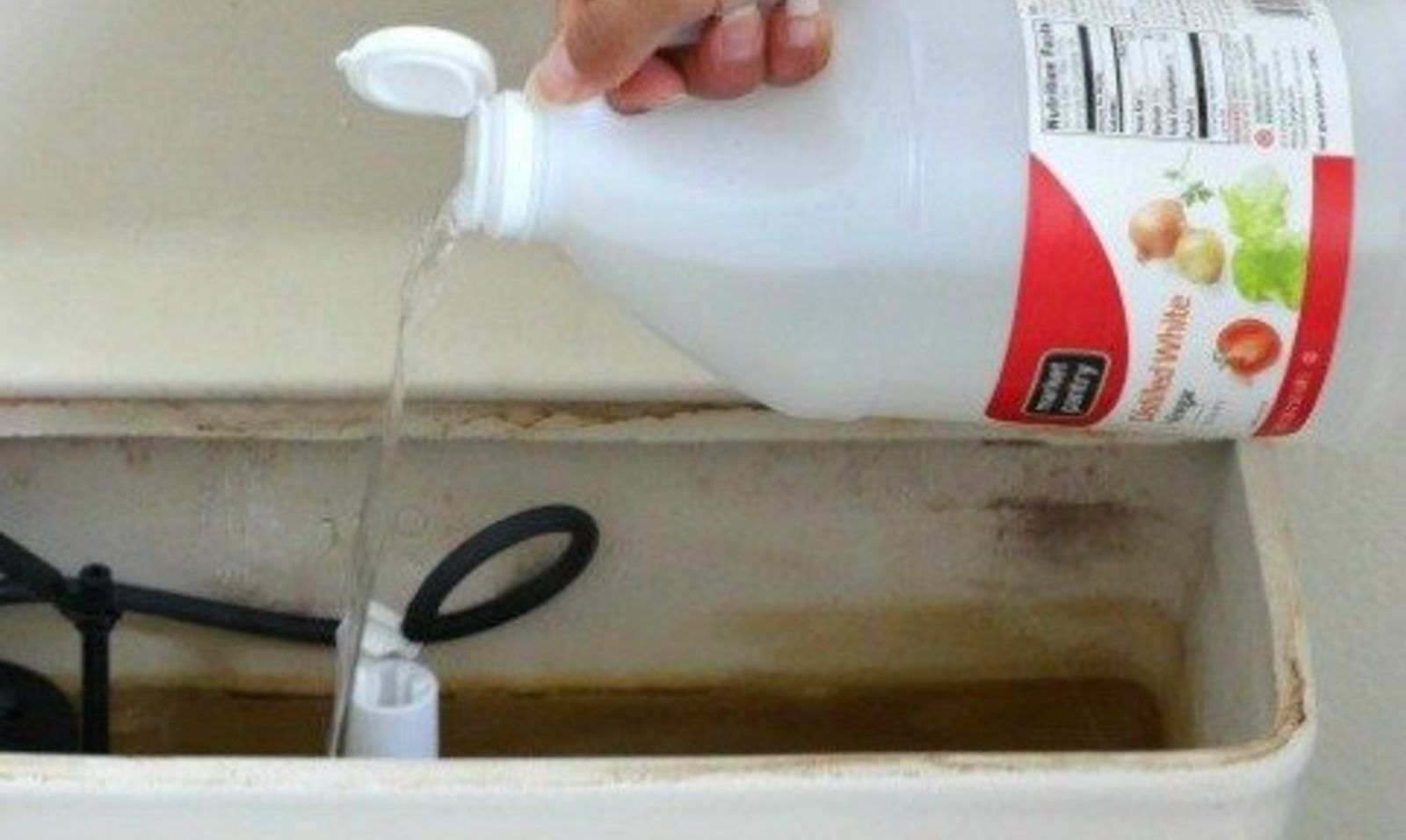
When using acid, it is important not only to take advantage of its beneficial properties and capabilities, but also to ensure the safety of the plumbing. Therefore, the substance should be used correctly.
Important! When using acid, it is necessary that the earthenware or porcelain from which the toilet is made is dry.
1 option
- We block the access of water to the toilet. We drain the water from the tank.
- We wipe the surfaces with a dry cloth.
- We soak a clean napkin generously in vinegar.
- Apply the napkin to areas with lime deposits or other contaminants. Leave for several hours. Depending on the degree of contamination, the napkin can remain on the porcelain or earthenware surface for 2 to 6 hours.
- After the end of exposure, the toilet should be washed with a brush, removing the deposits. It will be removed easily.
Option 2
- Pour 2 cups of vinegar (9%) into a small saucepan.
- Place the container in a larger pan filled with boiling water so that the substance becomes warm.
- Pour the heated mixture into the toilet and leave for several hours. The lid must be closed all this time!
- Wash the toilet with a brush, you can add soda.
How to increase the impact
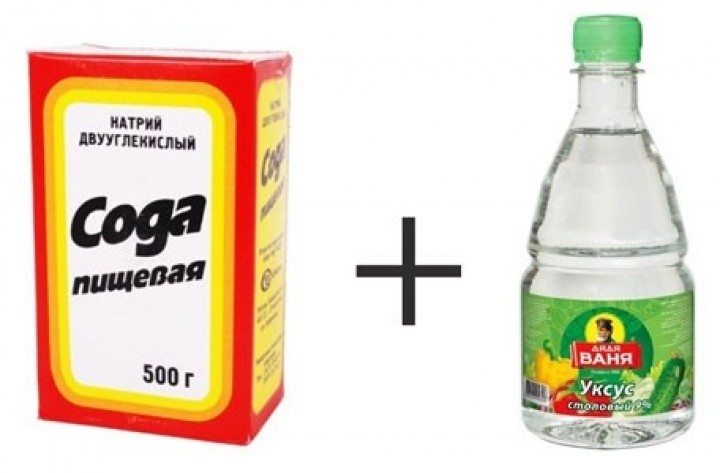
The result will be even more effective if you combine vinegar with other substances. The procedure will be slightly different.
Soda
- Vinegar (1 glass) must be heated. To do this, place a container of vinegar in hot water and leave it until it becomes warm.
- Add 1 tbsp. l. soda, mix and pour into the tank.
- After a few hours, the water with the added mixture is drained.
- If after one procedure traces of limescale remain on the surface, the process is repeated again.
Other Supplements
Instead of soda you can use iodine. It is added to warm water to obtain an iodine solution. Then the resulting composition is combined with heated vinegar. The two components must be connected in equal parts (1:1).
Then proceed in the same order as described above, adding the cleaning mixture to the tank.
Some housewives claim that vinegar can be replaced with citric acid or even Coca-Cola.
You can check the effectiveness of these products yourself. But there is no need to check the vinegar, this has been done more than once. He has helped many housewives, so we hope that he will help you too.

